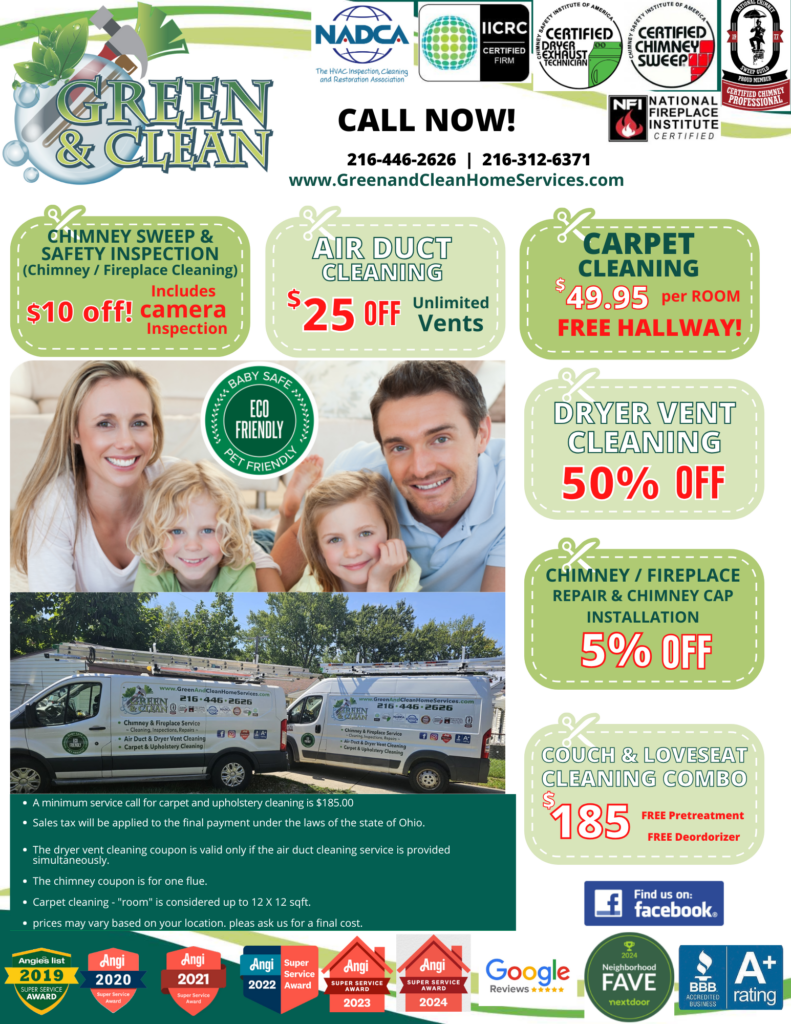Raccoons are intelligent, agile, and persistent creatures that are known to seek shelter in human-made structures. One of their favorite nesting sites is the chimney. If you’re asking, how do I get a raccoon out of a chimney, the answer involves a careful balance of humane eviction, safety considerations, and long-term prevention. Removing raccoons from your chimney isn’t just a matter of convenience—it’s about protecting your home and family.
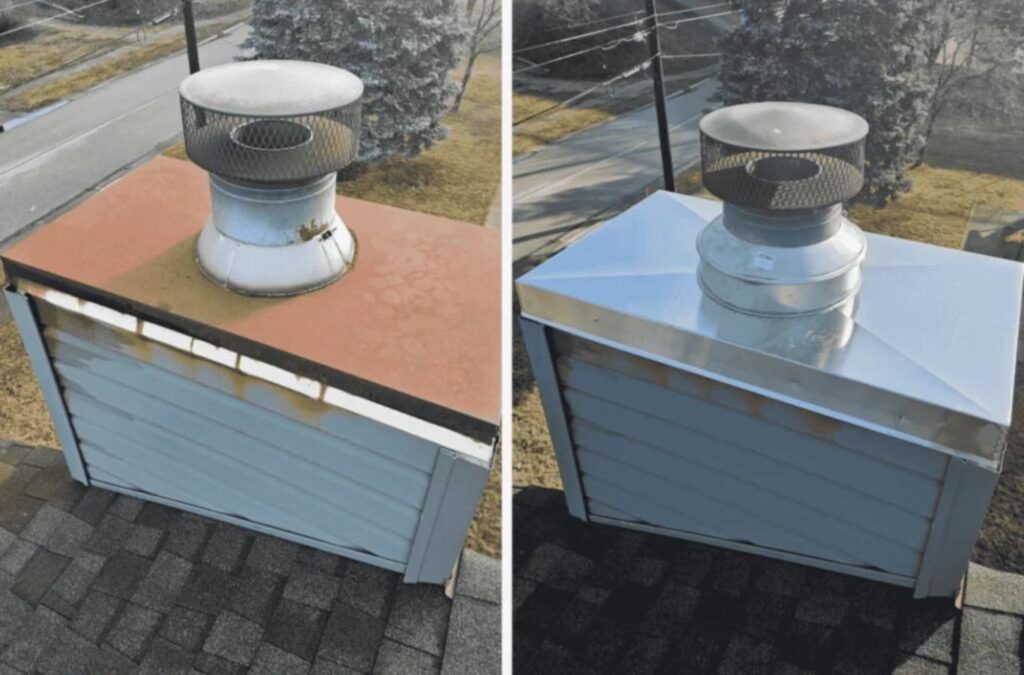
Why Raccoons Choose Chimneys
Chimneys provide a secure, elevated, and weather-protected environment that raccoons find ideal for nesting. Female raccoons, in particular, are drawn to chimneys during the spring as a safe place to raise their young. The dark, enclosed space mimics the hollow trees that raccoons use in the wild, but offers greater protection from predators and the elements.
An uncapped or damaged chimney is especially vulnerable. Once inside, raccoons may build nests on the smoke shelf, flue liner, or damper. In some cases, they can enter the home itself through the fireplace, which creates an entirely new set of hazards.
Identifying Raccoon Activity in the Chimney
Before taking any action, it’s crucial to confirm that raccoons are indeed the intruders. Telltale signs include:
- Heavy scratching and movement sounds, especially at night
- Vocalizations such as chittering or whining (especially if babies are present)
- Soot or debris falling into the fireplace
- Foul odor from urine or feces buildup
Unlike smaller animals, raccoons are loud and forceful in their movements, making them easier to detect than birds or squirrels.
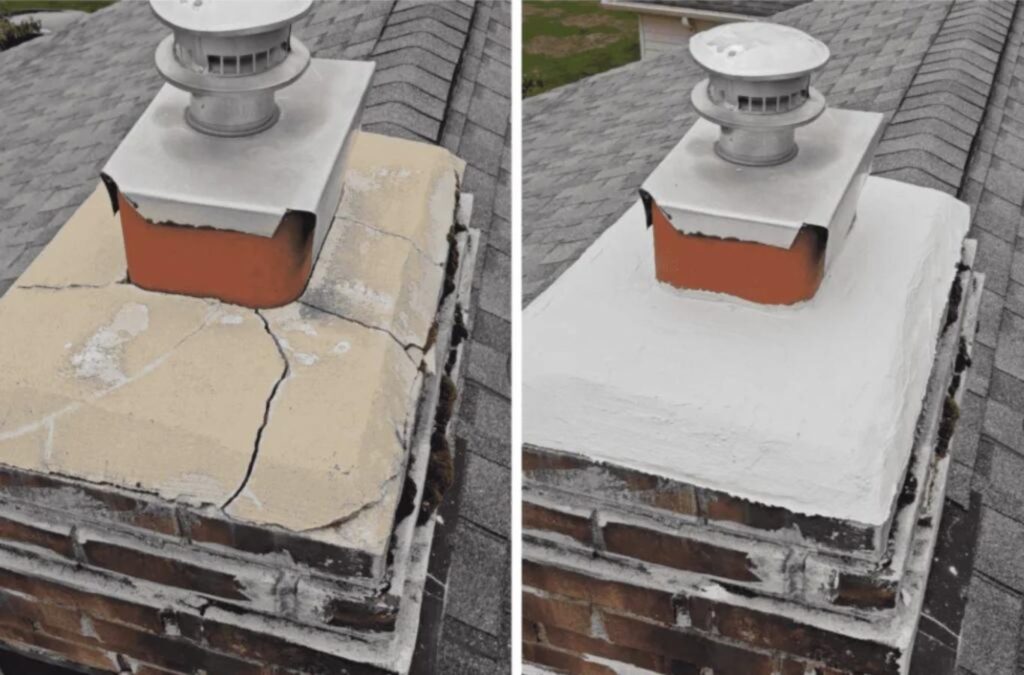
The Dangers of DIY Raccoon Removal
Attempting to remove a raccoon yourself can be risky. Raccoons are strong, can be aggressive when cornered, and may carry diseases such as rabies, roundworm, or leptospirosis. Moreover, if a mother raccoon is separated from her kits, she may become frantic and cause significant damage trying to regain access.
There are also legal considerations. In many states, including Ohio, it is illegal to harm or relocate wildlife without proper permits. Humane eviction is both the legal and ethical approach.
The Safe and Humane Way to Remove a Raccoon
The best method for removing a raccoon from a chimney is to contact a wildlife control professional or a chimney service provider with wildlife removal experience. These professionals use proven techniques that prioritize safety and humane treatment.
Common methods include:
- One-Way Exclusion Devices: These allow raccoons to exit the chimney but prevent re-entry. They are installed at the flue top or damper area.
- Repellents and Eviction Tools: Devices like bright lights, loud noises, or predator urine can sometimes encourage raccoons to leave voluntarily, especially when babies are not yet present.
- Inspection and Nest Removal: Once the raccoons are gone, the chimney should be inspected for nesting material, feces, or damage. A full cleaning is often necessary to eliminate lingering odors and biohazards.
For homeowners in Northeast Ohio, Green & Clean Home Services provides safe and professional animal removal along with chimney cleaning and inspection services.
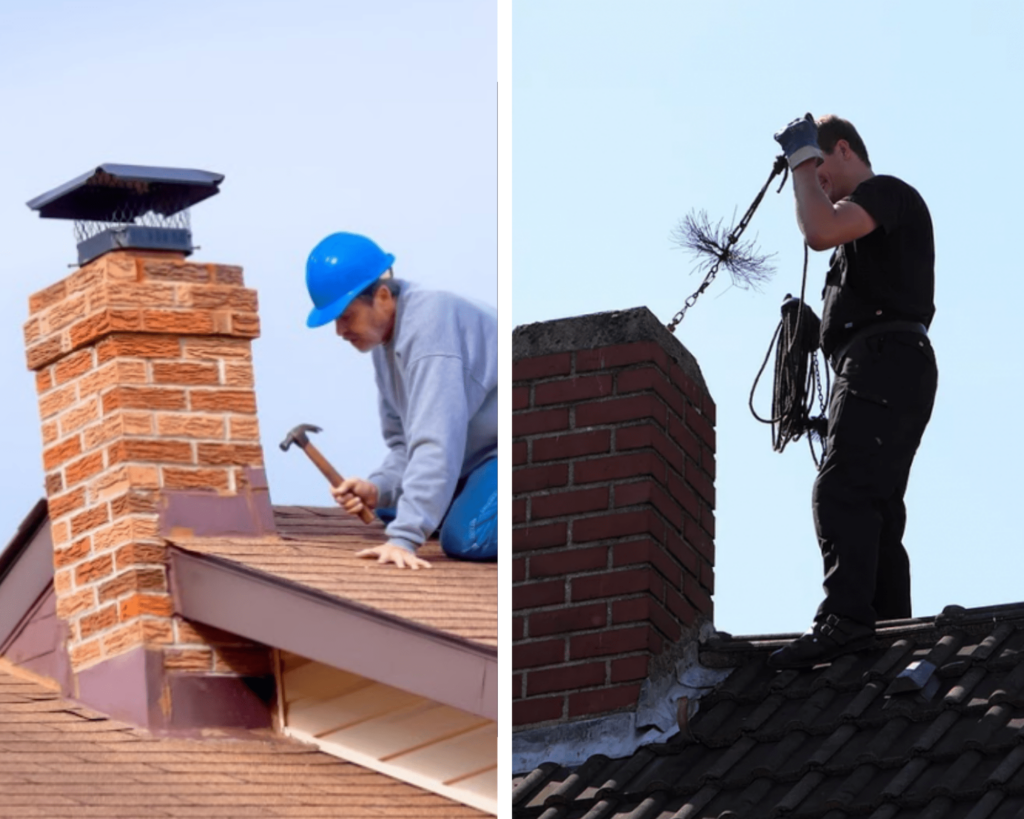
Timing Matters: Babies in the Chimney
Timing is critical. If a raccoon has given birth in the chimney, the young cannot be left behind. Removal efforts should consider the age of the kits. In these cases, wildlife professionals may carefully remove the entire family and relocate them together.
Disturbing a mother raccoon and separating her from her kits can lead to unwanted behavior such as tearing through the roof or siding to regain access. A humane approach ensures the safety of both animals and the household.
What Not to Do
Avoid common mistakes such as lighting a fire to drive raccoons out. This is both cruel and dangerous. Raccoons may not exit quickly, leading to severe injury or death. Additionally, flammable nesting materials could ignite, posing a fire hazard.
Do not use poison or traps without proper training or licensing. Not only are these methods often illegal, but they can also result in unintended harm to pets, children, or non-target animals.
Sealing the Chimney: The Final Step
Once the raccoons are removed, preventing their return is crucial. A professionally installed chimney cap with a mesh screen is the most effective deterrent. It keeps out raccoons, birds, squirrels, and debris while allowing proper ventilation.
Chimney caps should be made of durable, rust-proof material and fitted securely. The Chimney Safety Institute of America (CSIA) recommends annual inspections to ensure caps and other components are functioning correctly.

Additional Preventative Measures
Homeowners should also:
- Trim overhanging branches that allow easy roof access
- Repair any gaps or cracks in the chimney structure
- Monitor for new signs of animal activity regularly
Routine chimney maintenance, including annual inspections and cleanings, helps catch vulnerabilities before animals exploit them. Green & Clean Home Services offers comprehensive chimney care designed to keep pests out and efficiency in.
Health and Safety Considerations
Raccoon droppings and nesting materials can contain parasites and bacteria harmful to humans. After removal, it’s important to sanitize the chimney flue and fireplace. Protective equipment and professional-grade disinfectants should be used.
In homes where raccoons have entered the living space, additional cleaning may be required to prevent disease transmission and lingering odors.
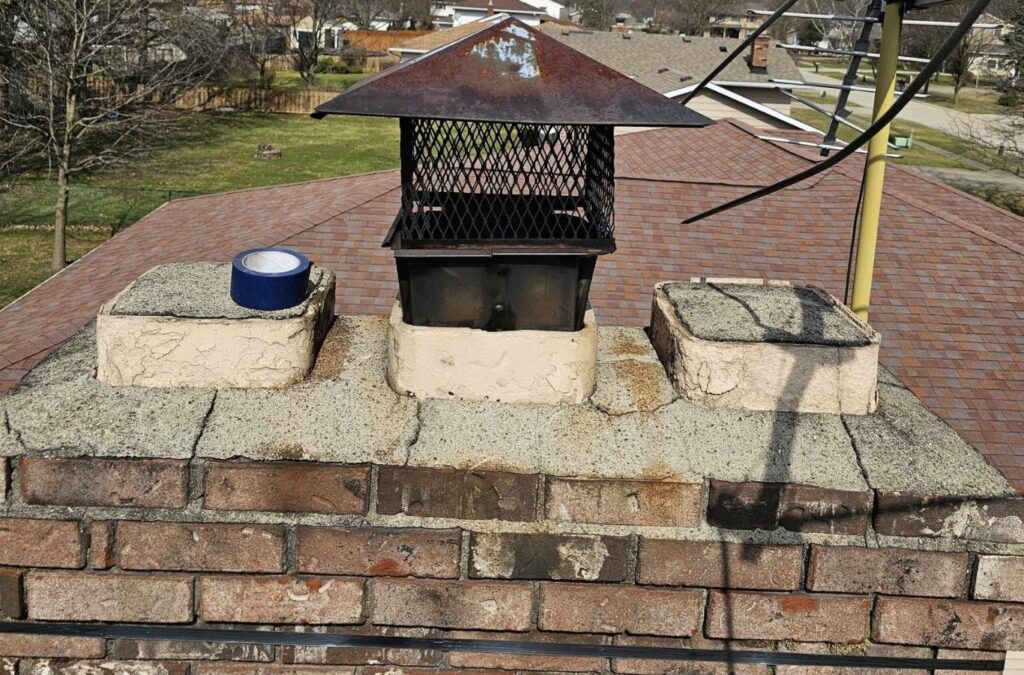
Conclusion
So, how do I get a raccoon out of a chimney? The answer lies in acting quickly, responsibly, and humanely. Confirm the animal’s presence, contact a qualified removal expert, and follow up with preventive measures like chimney caps and regular inspections.
With the right approach, you can safely remove raccoons from your chimney and prevent future intrusions. Green & Clean Home Services stands ready to assist with expert wildlife removal, chimney repairs, and long-term protection for your home.


